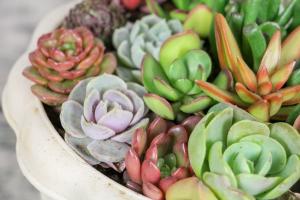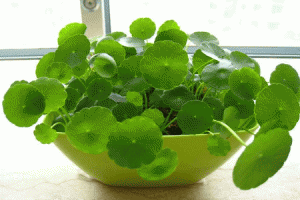Introduction
Tomatoes are one of the most common home garden vegetables. They have a bushy growth and require pruning for better yield. Pruning is the process of removing certain parts of the tomato plants to encourage production of more fruits. However, determining whether to prune determinate tomato plants or not is still a topic of debate among gardeners. In this article, we will discuss the pros and cons of pruning determinate tomato plants.
What are determinate tomato plants?
Determinate tomato plants are those that grow to a certain height and set their fruits all at once. They have a bushy growth pattern and do not require staking or trellising. Because of their compact growth, determinate tomatoes are often used in small gardens or container gardening. They also have a shorter growing season as compared to indeterminate tomatoes, which makes them ideal for areas with shorter summers.
The pros of pruning determinate tomato plants
One of the advantages of pruning determinate tomato plants is that it can increase the yield of the plants. Pruning allows for better air circulation and light penetration, which can help the plants develop more fruits. It also removes the lower branches that can be prone to disease and pests.
Pruning also helps to manage the size of determinate tomato plants. While they are compact and do not require trellising, they can still grow too big for small gardens or containers. Pruning can help keep the plants at a manageable size and improve their overall health.
The cons of pruning determinate tomato plants
One of the disadvantages of pruning determinate tomato plants is that it can reduce the overall yield of the plant. Because determinate tomatoes grow to a certain height and have a short growing season, pruning can remove the branches that would have produced fruits. It can also reduce the size of the leaves that help with photosynthesis and the development of fruits.
Another potential downside of pruning determinate tomatoes is that it can expose the fruits to direct sunlight. This can cause sunscald, which is when the skin of the tomato becomes discolored or even black. Pruning can also increase the likelihood of fruit cracking due to fluctuations in soil moisture or temperature.
Conclusion
In conclusion, whether or not to prune determinate tomato plants is a personal choice for gardeners. It can increase the yield and manage the size of the plants but can also reduce the overall yield and expose the fruits to direct sunlight. It is important to carefully consider the pros and cons before deciding to prune. Ultimately, good plant care practices such as adequate watering, fertilization, and disease control are more important than pruning in ensuring a healthy tomato harvest.

 how many times do yo...
how many times do yo... how many planted tre...
how many planted tre... how many pine trees ...
how many pine trees ... how many pecan trees...
how many pecan trees... how many plants comp...
how many plants comp... how many plants can ...
how many plants can ... how many plants and ...
how many plants and ... how many pepper plan...
how many pepper plan...

































